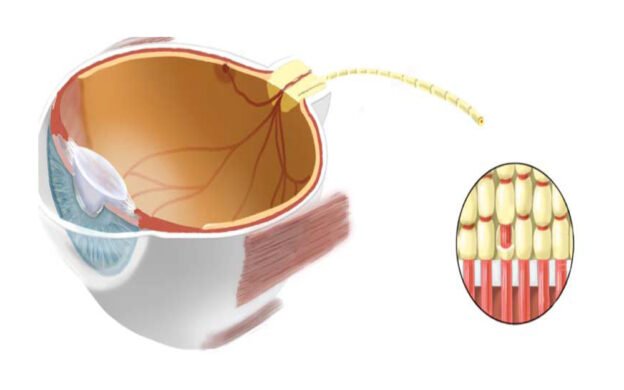Optic pathway gliomas (OPGs) are low-grade astrocytomas that occur in 15-20% of children with neurofibromatosis type 1 (NF1). Although rarely life-threatening, these tumors can cause significant vision loss. Given this, the main goal of management is to reduce the risk of permanent visual loss. Half or more of NF1-OPG are indolent with minimal tumor progression or effect on vision; thus, one of the challenges in management is identifying who to treat. In addition, there is limited data on the effectiveness of chemotherapy on visual recovery or preservation. This lecture will discuss the natural history, monitoring, and management of NF1-OPG, as well as discuss emerging therapies and novel biomarkers of vision.
Learning Objectives:
- Explain the approach to screening for optic pathway gliomas in children with neurofibromatosis type 1.
- Describe the natural history, treatment approach and treatment options for neurofibromatosis type 1 – associated optic pathway glioma.
- Recognize the importance of functional outcomes in assessing the success of treatment of neurofibromatosis type 1 – associated optic pathway glioma.
Speakers:
This seminar focuses on oncology, ophthalmology, and neurology, and was delivered at a virtual event titled, Optic Pathway Gliomas in Neurofibromatosis Type 1: Clinical features, current management and the importance of Functional Outcomes, on February 4, 2021.
Additional CHOP Resources:
Content Disclaimer
The Terms of Use and Privacy Policy set forth on the website of The Children’s Hospital of Philadelphia apply to any and all uses of and access to this site and the content found here.
The work presented in the presentations, videos, and other content on this site (“Presentations”) includes publicly available medical evidence, a consensus of medical practitioners, and/or opinions of individual practitioners that may differ from consensus opinions. These Presentations are intended only to provide general information and need to be adapted for each specific patient based on the practitioner’s professional judgment, consideration of any unique circumstances, the needs of each patient and their family, the availability of various resources at the health care institution where the patient is located, and other factors. The Presentations are not intended to constitute medical advice or treatment, nor should they be relied upon as such. The Presentations are not intended to create a doctor-patient relationship between/among The Children’s Hospital of Philadelphia, its physicians and the individual patients in question. The information contained in these Presentations are general in nature, and do not and are not intended to refer to specific patients.
CHOP, The Children’s Hospital of Philadelphia Foundation and its or their affiliates, the authors, presenters, practitioners, editors, and others associated with the creation of the Presentations (“CHOP”) are not responsible for errors or omissions in the Presentations; for any outcomes a patient might experience where a clinician reviewed one or more such Presentations in connection with providing care for that patient; and/or for any and all third party content on the site or in the Presentations. CHOP makes no warranty, expressed or implied, with respect to the currency, completeness, applicability or accuracy of the Presentations. Application of the information in or to a particular situation remains the professional responsibility of the practitioner who is directly treating the patient.
To the extent that the Presentations include information regarding drug dosing, in view of ongoing research, changes in government regulations and the constant flow of information relating to drug therapy and drug reactions, the viewer should not rely on the Presentation content, but rather is urged to check the package insert for each drug for indications, dosage, warnings and precautions.
Some drugs and medical devices presented in the Presentations have United States Food and Drug Administration (FDA) clearance for limited use in restricted research settings. It is the responsibility of the practitioner to ascertain the FDA status of each drug or device planned for use in their clinical practice.
You shall indemnify, defend and hold harmless CHOP, The Children’s Hospital of Philadelphia Foundation, and its/their current and former employees, officers, and agents, trustees, and their respective successors, heirs and assigns (“Indemnitees”) against any claims, liability, damage, loss or expenses (including attorneys’ fees and expenses of litigation) in connection with any claims, suits, actions, demands or judgments arising directly or indirectly out of your reference to or use of the Presentations.
The Presentations are protected by copyright laws and in some cases patent laws, and all rights are reserved under such laws. No part of the Presentations may be reproduced in any form by any means, or utilized in any other way, absent prior written permission from the copyright owner.
By starting this module, you agree to our Content Disclaimer and Terms of Service.
